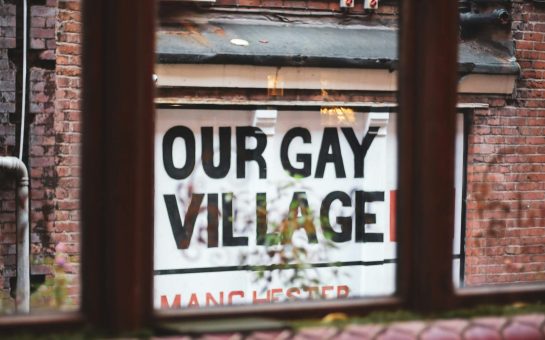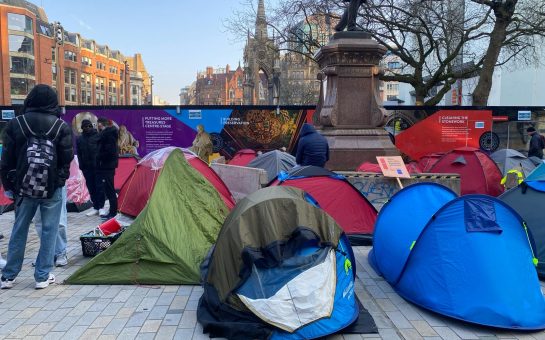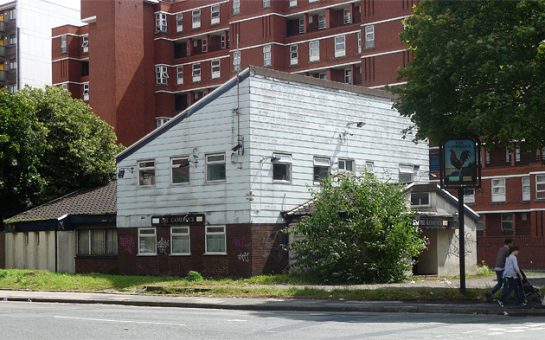As Manchester looks to replace its 56,000 streetlights with new energy-saving LED lights, MM looks at other places that have already implemented the new bulbs and how it’s affected their area.
Starting in September 2017 and estimated to take until 2020, the project being undertaken by Manchester City Council is expected to reduce the city’s carbon emissions by around 7,500 tonnes per year, while also saving £1.7m per year in energy costs.
However, in a pilot scheme in Salford, where the LED lights were trialled, residents complained that the new lights weren’t bright enough and that they no longer felt safe when walking home at night.
Interestingly, residents in Hounslow, where LED streetlights have also been installed, claimed the opposite.
They argued the new lights were too bright, disturbing their sleep and forcing some to block out their own windows with cardboard.
It’s not just the UK that is having difficulty adjusting to the bulbs.
Earlier this year, residents in Washington DC compared sitting under new LED streetlights to being tortured.
However, 10% of America’s streetlights have already been changed to the new LEDs, with the Department of Energy planning to push ahead with the change.
Cities across Europe and Asia are also planning the conversion to LED street lighting.
China, who is in the middle of a conversion programme, has estimated that they will cut annual carbon emissions by 48 million tonnes.
Environmentally speaking, the change seems to be a highly positive one.
However, when trials of the new lights began, some members of the public were concerned about the affect it could have on people’s health.
LED lights emit a ‘blue light’ – similar to the glare of mobile phones and computer screens – and increased exposure to this can damage a person’s retina.
Blue light also suppresses the production of melatonin, a hormone that controls sleep patterns, thus disturbing our biological clock.
A disrupted sleep pattern can increase the likelihood of heart disease, obesity and diabetes.
LED technology is developing, though, with recent advances meaning individual areas, and even individual lights, will be able to be managed remotely and adjusted according to the needs of the area.
This means that, hopefully, cities won’t have to make a choice between economy, environment and aesthetics, and that the decision to update streetlights will have a universally positive effect for many years to come.
Image courtesy of Robert Ashworth via Flickr, with thanks.



